|
Published on Dec 10, 2018
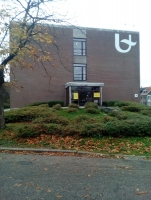 One of the most important parts of student life is certainly a PhD study stay abroad. Students from the Ecological restoration working group have an opportunity to choose between several prestigious workplaces dealing with restoration. Anička Müllerová has chosen Flemish (Belgian) Antwerp. One of the most important parts of student life is certainly a PhD study stay abroad. Students from the Ecological restoration working group have an opportunity to choose between several prestigious workplaces dealing with restoration. Anička Müllerová has chosen Flemish (Belgian) Antwerp.
Anička is fulfilling her PhD study stay at the University of Antwerp under the supervision of prof. Rudy van Diggelen. Our working group often collaborates with him and prof. Van Diggelen is also one of the lecturers of the course Ecological restoration I. at the University of South Bohemia.
During her three-month stay, Anička is getting acquainted with projects of ecological restoration of disturbed sites in Belgium and she has, therefore, an opportunity to learn new methods of restoration with specialization in wetlands’ restoration. Furthermore, this study stay is an opportunity to consult not only the already implemented methods of data collections but also new remarks on an improvement of collecting data in wetland habitats. The collaboration with colleagues from the University of Antwerp can contribute to the gain of new knowledge in data sampling of aquatic communities. Apart from that, Anička has a chance to analyse already collected data for her PhD thesis and consult the results of statistical analyses.
For more information: polarni.badatel@seznam.cz
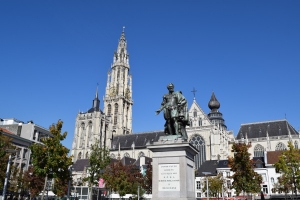 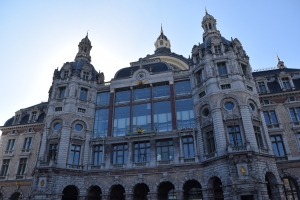 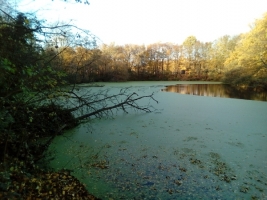 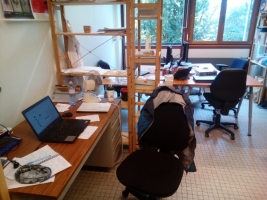
Published on Dec 7, 2018
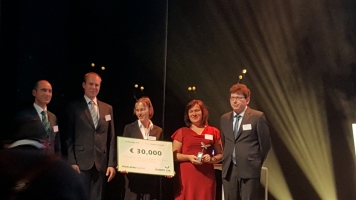 Our colleague and collaborator Luboš Tichý and his team won the international contest Quarry Life Award among more than 110 participating projects. We congratulate the whole team! Our colleague and collaborator Luboš Tichý and his team won the international contest Quarry Life Award among more than 110 participating projects. We congratulate the whole team!
In their project, they examined the seasonal activity of honey bees in relation to the biodiversity of selected quarries.
Photo: Michael Rademacher

Published on Dec 4, 2018
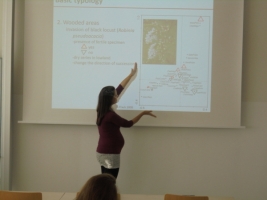 For several years, students of the Faculty of Environmental Sciences, Czech University of Life Sciences in Prague, have the opportunity to take the Land Reclamation course (and Rekultivace for Czech students) which is guaranteed by our colleague Markéta Hendrychová. And for several years, members of our group are invited to tell the students something about the ecological restoration of mining sites. This year, Lenka Šebelíková spoke about the ecological restoration, management and research of sand pits. Two weeks later, Karel Prach gave a lecture about ecological restoration and restoration ecology in a broader context. We hope that our lectures were useful and inspiring and we are looking forward to the next year. For several years, students of the Faculty of Environmental Sciences, Czech University of Life Sciences in Prague, have the opportunity to take the Land Reclamation course (and Rekultivace for Czech students) which is guaranteed by our colleague Markéta Hendrychová. And for several years, members of our group are invited to tell the students something about the ecological restoration of mining sites. This year, Lenka Šebelíková spoke about the ecological restoration, management and research of sand pits. Two weeks later, Karel Prach gave a lecture about ecological restoration and restoration ecology in a broader context. We hope that our lectures were useful and inspiring and we are looking forward to the next year.
Published on Dec 3, 2018
 Last week, our dear colleague, Anita Kirmer from Hochschule Anhalt gave a talk on the topic of the establishment of species-rich flowering strips. Anita talked not only about the practila aspects of the establishment of these flowering strips and proper selection of seed mixtures, but also about the implementation of proposed seed mixtures into EU agri-environmental schemes. Last week, our dear colleague, Anita Kirmer from Hochschule Anhalt gave a talk on the topic of the establishment of species-rich flowering strips. Anita talked not only about the practila aspects of the establishment of these flowering strips and proper selection of seed mixtures, but also about the implementation of proposed seed mixtures into EU agri-environmental schemes.
This talk was supproted by the project of Ministry of Education, Youth and Sports 7AMB17DE017 "Establishment of species-rich field margins and wildflower strips in rural and urban areas - optimization of methods for biodiversity enhancement"
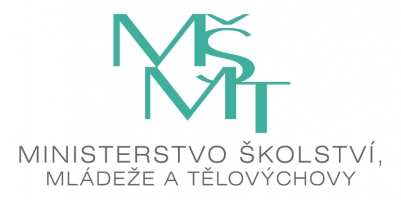
Published on Oct 11, 2018
 Our restoration group marked a huge success in 2012 in the Quarry Life Award when our project of ecological restoration in CEP II sandpit won despite strong international competition. The Quarry Life Award is a scientific and education contest proposed by HeidelbergCement. The competition takes place every two years and runs simultaneously at national and international levels. Its aim is to raise awareness of the organic value of mining sites and to find new ways to further enhance it. Every year several hundreds of projects are evaluated at the national or international level and several of them are later selected for realization. Our restoration group marked a huge success in 2012 in the Quarry Life Award when our project of ecological restoration in CEP II sandpit won despite strong international competition. The Quarry Life Award is a scientific and education contest proposed by HeidelbergCement. The competition takes place every two years and runs simultaneously at national and international levels. Its aim is to raise awareness of the organic value of mining sites and to find new ways to further enhance it. Every year several hundreds of projects are evaluated at the national or international level and several of them are later selected for realization.
This year, Klára Řehounková, a member of our group, has acted as a member of the international jury. Klára has visited several mining sites during this season all over Europe, including Spain, Poland and Romania, to learn more about projects registered into the competition. The international jury is comprised of eight members including experts from HeidelbergCement company and research scientists. After reading through more than a hundred of final reports, the jury is now ready to make a decision about the best projects of this year. Winners will be announced and financially awarded during a ceremony which will take place in Brussels during December.
For more information visit Quarry Life Award.
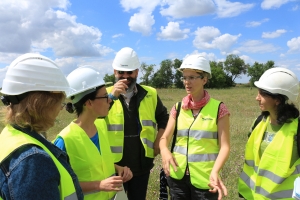
Published on Sep 12, 2018
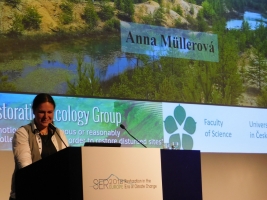 The results of our research have been presented at the SER conference held in Reykjavik, Iceland this week. Klára Řehounková talked about the restoration of psammophytic grasslands and Anna Müllerová turned attention on spontaneous succession in aquatic and wetland habitats. Karel Prach presented general trends concerning vegetation establishment in various disturbed sites across Europe. Two more external members of our restoration group, Ivana Jongepirová and Ondřej Mudrák demonstrated another restoration topics focused on species traits and also practical aspects in the implementation of using regional seed mixture. We also visited some restoration projects in the field during the mid-conference excursion. The results of our research have been presented at the SER conference held in Reykjavik, Iceland this week. Klára Řehounková talked about the restoration of psammophytic grasslands and Anna Müllerová turned attention on spontaneous succession in aquatic and wetland habitats. Karel Prach presented general trends concerning vegetation establishment in various disturbed sites across Europe. Two more external members of our restoration group, Ivana Jongepirová and Ondřej Mudrák demonstrated another restoration topics focused on species traits and also practical aspects in the implementation of using regional seed mixture. We also visited some restoration projects in the field during the mid-conference excursion.
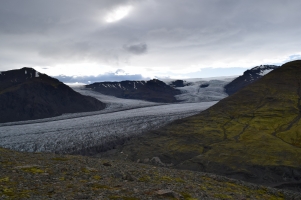
Published on Sep 9, 2018
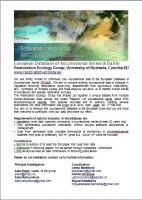 You are kindly invited to contribute your successional data to the European Database of Successional Series (EDaSS). We aim to compile existing successional data of changes in vegetation following disturbance and thus enlarge an existing unique dataset from multiple human-disturbed sites across the Czech Republic (see here) to the European scale. You are more than welcome to contribute with your data and share our effort! See our flyer for more information. You are kindly invited to contribute your successional data to the European Database of Successional Series (EDaSS). We aim to compile existing successional data of changes in vegetation following disturbance and thus enlarge an existing unique dataset from multiple human-disturbed sites across the Czech Republic (see here) to the European scale. You are more than welcome to contribute with your data and share our effort! See our flyer for more information.
Published on May 15, 2018
<
1
...
14
15
16
17
18
...
23
>
|
|
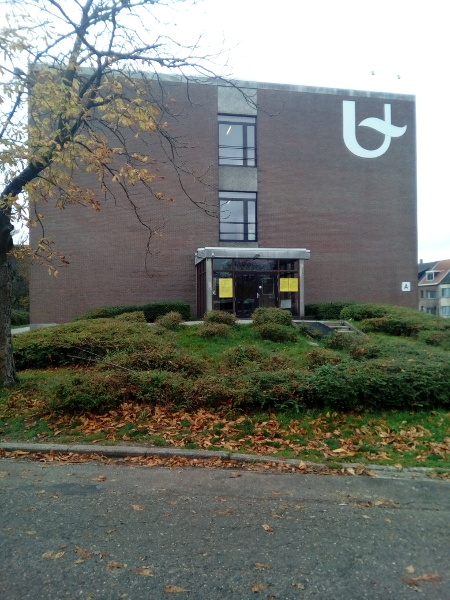 One of the most important parts of student life is certainly a PhD study stay abroad. Students from the Ecological restoration working group have an opportunity to choose between several prestigious workplaces dealing with restoration. Anička Müllerová has chosen Flemish (Belgian) Antwerp.
One of the most important parts of student life is certainly a PhD study stay abroad. Students from the Ecological restoration working group have an opportunity to choose between several prestigious workplaces dealing with restoration. Anička Müllerová has chosen Flemish (Belgian) Antwerp.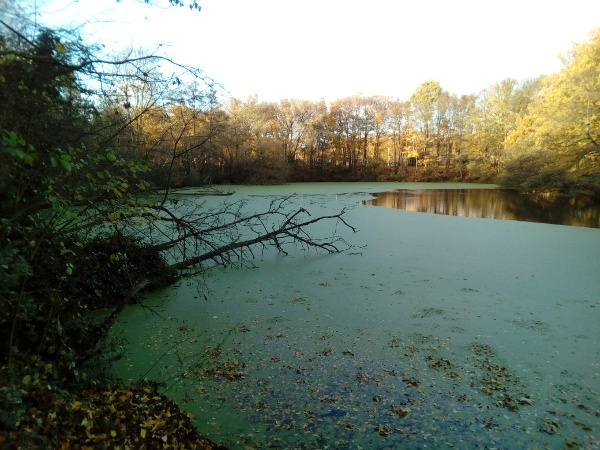
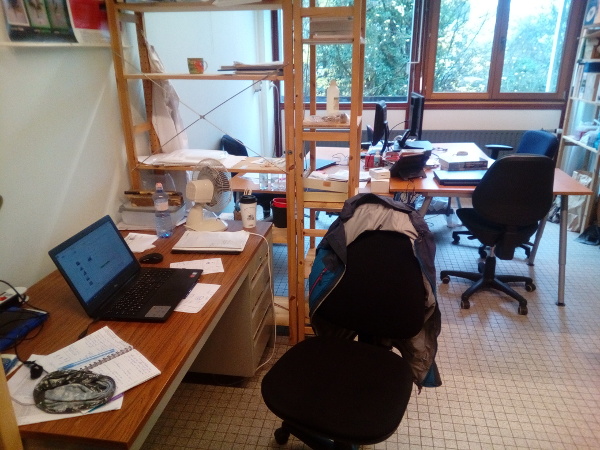
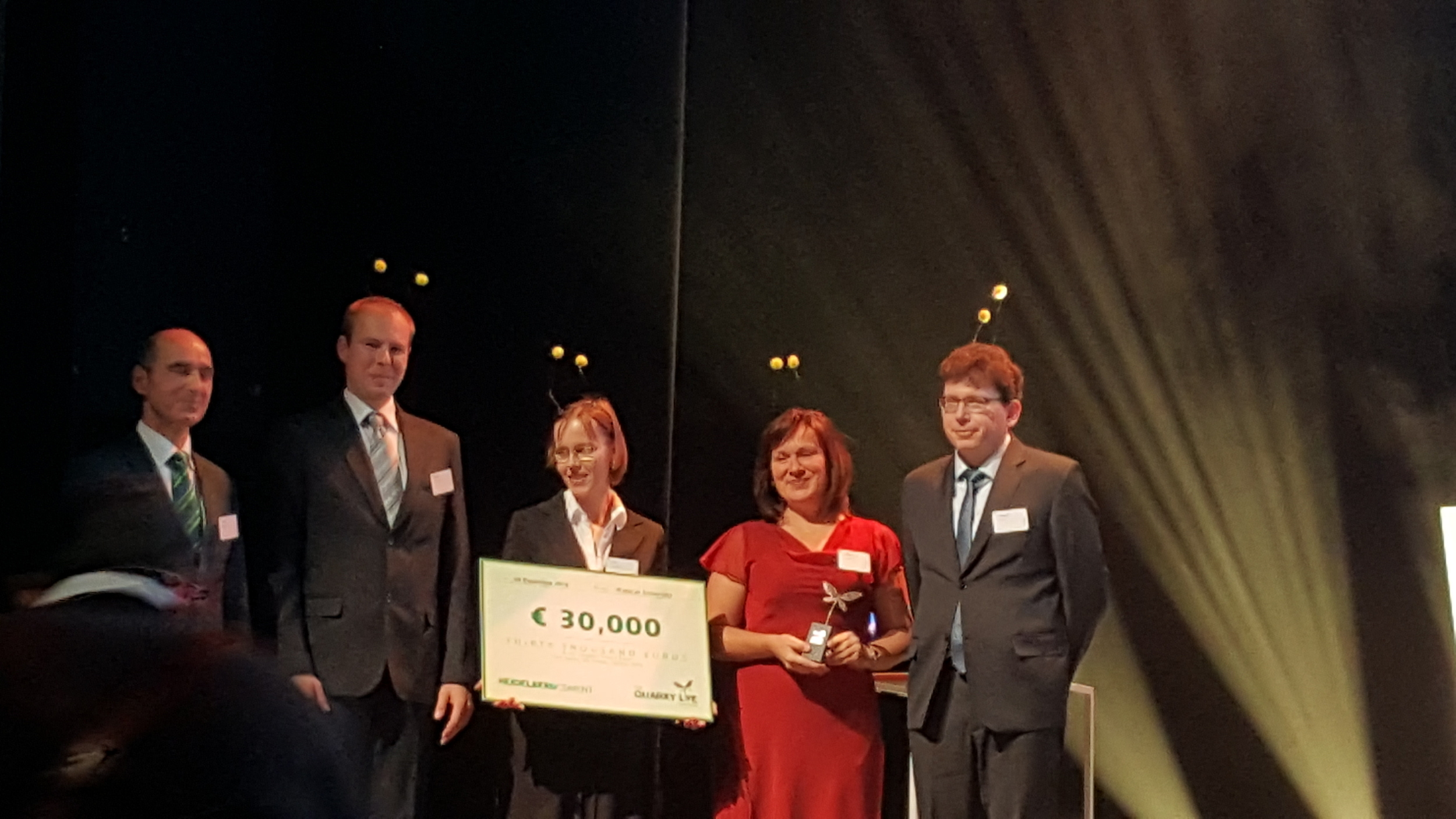 Our colleague and collaborator Luboš Tichý and his team won the international contest
Our colleague and collaborator Luboš Tichý and his team won the international contest 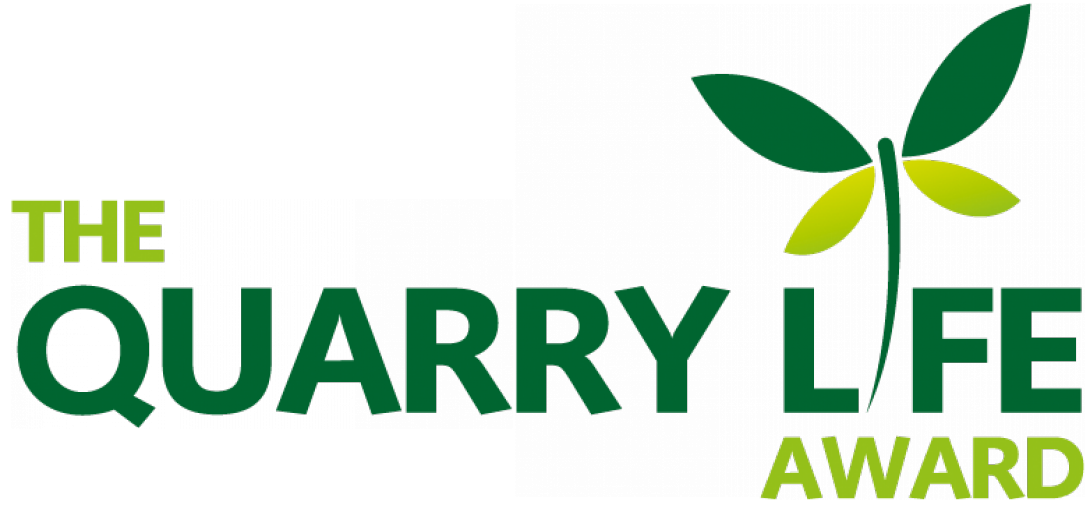
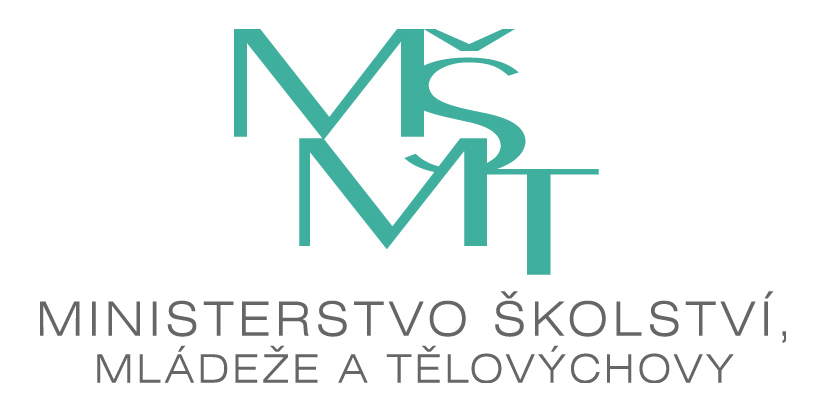
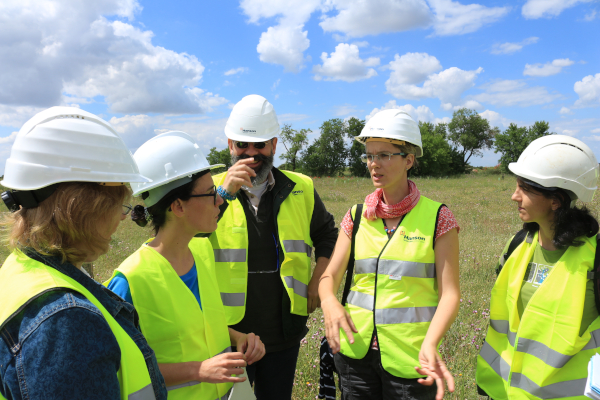
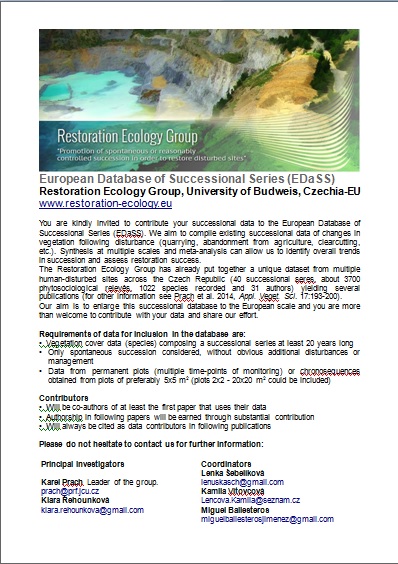 You are kindly invited to contribute your successional data to the European Database of Successional Series (EDaSS). We aim to compile existing successional data of changes in vegetation following disturbance and thus enlarge an existing unique dataset from multiple human-disturbed sites across the Czech Republic (
You are kindly invited to contribute your successional data to the European Database of Successional Series (EDaSS). We aim to compile existing successional data of changes in vegetation following disturbance and thus enlarge an existing unique dataset from multiple human-disturbed sites across the Czech Republic (